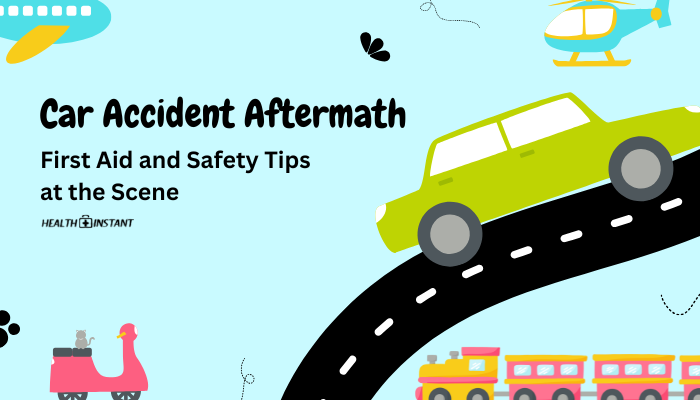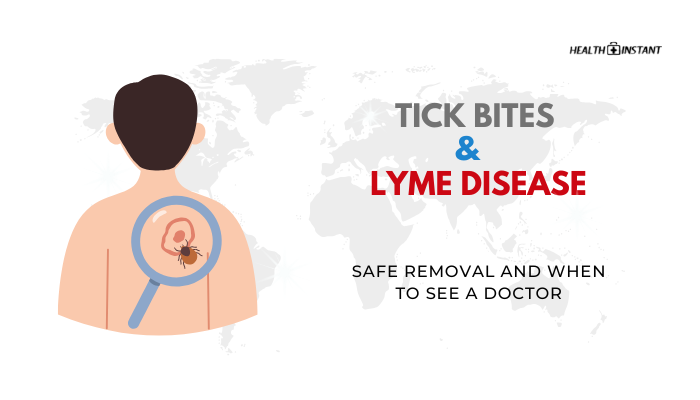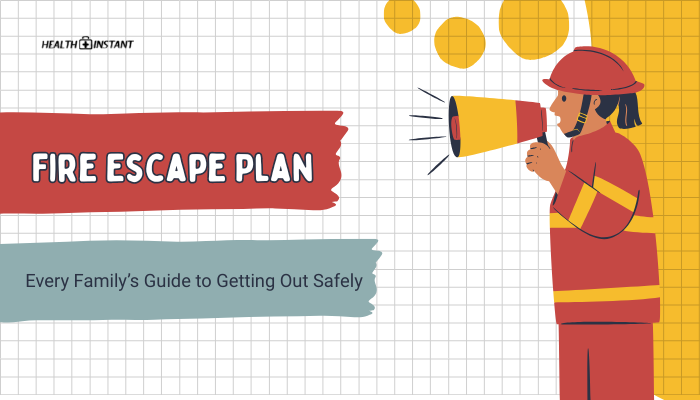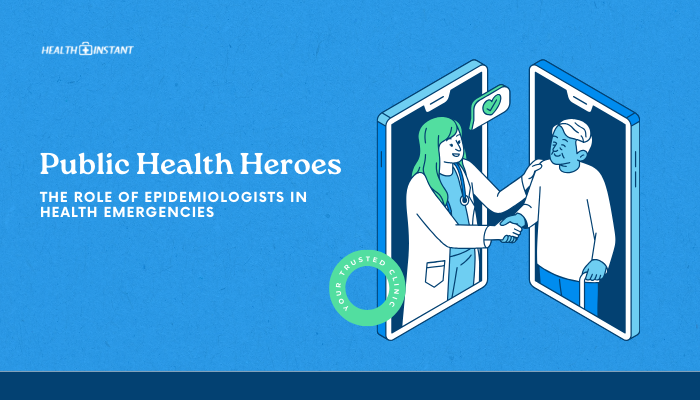Introduction
Car accidents are sudden and stressful events. In the immediate aftermath, quick thinking and basic first aid can reduce the risk of further harm and improve outcomes for the injured. While professional medical help is crucial, bystanders or drivers at the scene can take early steps to protect themselves and assist others. This guide covers essential safety measures, first aid techniques, and ways to streamline post-accident processes.
Initial Safety and Assessment
- Stay Calm
- Take a moment to steady yourself—panic can cloud decision-making.
- Take a moment to steady yourself—panic can cloud decision-making.
- Turn On Hazard Lights
- Alert other drivers to slow down and prevent secondary collisions.
- Alert other drivers to slow down and prevent secondary collisions.
- Secure the Scene
- If possible, move your vehicle out of traffic lanes (shoulder or safe spot).
- Place reflective triangles or flares to warn oncoming cars.
- If possible, move your vehicle out of traffic lanes (shoulder or safe spot).
- Check for Immediate Danger
- Smell of fuel leaks, sparks, or flames suggest potential fire.
- If it’s unsafe, move away and encourage others to do so.
- Smell of fuel leaks, sparks, or flames suggest potential fire.
Calling Emergency Services
- Who to Call: Dial 911 (U.S.) or your local emergency number.
- What to Share: Location, nature of injuries, number of vehicles or passengers.
- Stay on the Line: Answer questions until the dispatcher says it’s okay to hang up.
If you can’t call due to injuries, ask someone else to do it on your behalf.
Basic First Aid Measures
Checking for Responsiveness
- Approach Safely
- Make sure the area is stable and no immediate hazards threaten you or the victim.
- Make sure the area is stable and no immediate hazards threaten you or the victim.
- Ask Simple Questions
- “Are you okay?” or “Can you hear me?”
- “Are you okay?” or “Can you hear me?”
- Call Name or Lightly Tap Shoulder
- If no response, suspect unconsciousness and check breathing and pulse if you’re trained to do so.
Bleeding Control
- Direct Pressure
- Use a clean cloth or gauze to press firmly on wounds.
- If blood soaks through, apply additional layers; don’t remove the original compress.
- Use a clean cloth or gauze to press firmly on wounds.
- Elevate the Limb
- If safe and no sign of fracture, raise the bleeding limb above heart level.
Handling Possible Spinal Injuries
- Do Not Move the Victim
- Unless there is immediate life-threatening danger (e.g., fire).
- Unless there is immediate life-threatening danger (e.g., fire).
- Stabilize the Head and Neck
- If you suspect spinal injury, keep them still, place hands on either side of the victim’s head to prevent movement, and wait for paramedics.
Dealing with Shock
Shock often sets in after traumatic events. Symptoms may include cold, clammy skin, paleness, rapid heartbeat, or confusion. Steps:
- Lay the Person Down
- Elevate legs slightly if no lower body injuries are present.
- Elevate legs slightly if no lower body injuries are present.
- Keep Warm
- Use blankets, jackets, or anything available.
- Use blankets, jackets, or anything available.
- Stay Reassuring
- Calm, supportive communication helps reduce panic.
When Not to Move the Injured
Avoid moving an accident victim if:
- You Suspect Spinal, Neck, or Head Injury
- Incorrect movement can worsen paralysis or internal damage.
- Incorrect movement can worsen paralysis or internal damage.
- They Complain of Severe Back or Neck Pain
- Keep them still and comfortable until professionals arrive.
- Keep them still and comfortable until professionals arrive.
- They Are Trapped
- Let rescue services with proper tools handle extrication if possible.
- Let rescue services with proper tools handle extrication if possible.
However, if there’s an immediate, life-threatening hazard (like fire or flooding), you may need to help them move carefully.
Gathering Essential Information
If you’re physically able:
- Exchange Details
- Obtain names, phone numbers, license plates, insurance information from involved parties.
- Obtain names, phone numbers, license plates, insurance information from involved parties.
- Take Photos
- Document vehicle positions, road conditions, visible injuries, or traffic signs.
- Document vehicle positions, road conditions, visible injuries, or traffic signs.
- Record Witnesses
- If bystanders observed the crash, note their contact details.
- If bystanders observed the crash, note their contact details.
These records aid in police reports, insurance claims, and legal matters.
After the Accident: Follow-Up
- Medical Evaluation
- Even minor aches could signal underlying harm.
- Go to a healthcare provider or ER for thorough checks.
- Even minor aches could signal underlying harm.
- Insurance Notification
- Promptly inform your insurer about the accident details.
- Promptly inform your insurer about the accident details.
- Emotional Support
- Car accidents can be traumatizing. Seek counseling or talk with friends or family if stress persists.
Conclusion
The moments following a car accident can be overwhelming, but basic knowledge of safety and first aid can help mitigate further risks. Ensure the scene is safe, call emergency services, and offer help to stabilize any injuries until professional responders arrive. Collecting accurate information at the scene also fosters smoother insurance and legal follow-ups. By remaining calm and prepared, you can protect lives and reduce the chaos during a high-stress incident.
References
- American Red Cross. (2021). First Aid steps for road accidents.
- National Highway Traffic Safety Administration (NHTSA). (2020). Guidelines for post-crash actions.
- Centers for Disease Control and Prevention (CDC). (2019). Trauma care basics for bystanders.
- World Health Organization (WHO). (2018). Road traffic injury prevention.
Disclaimer: This guide is for informational purposes and does not replace official first aid certification or legal advice. Always follow local laws and professional medical guidelines during emergencies.






